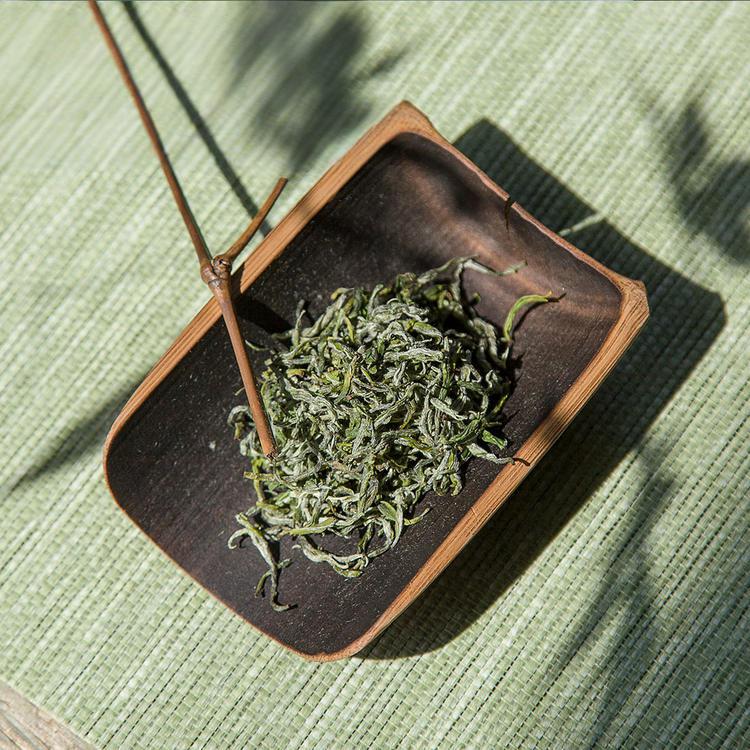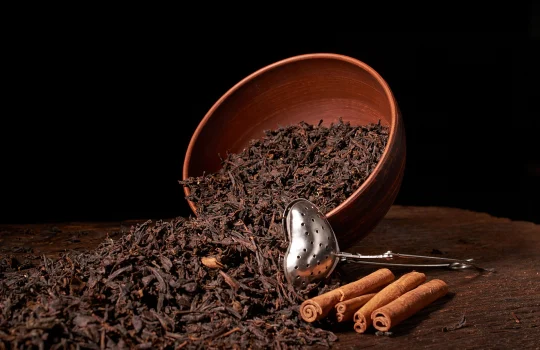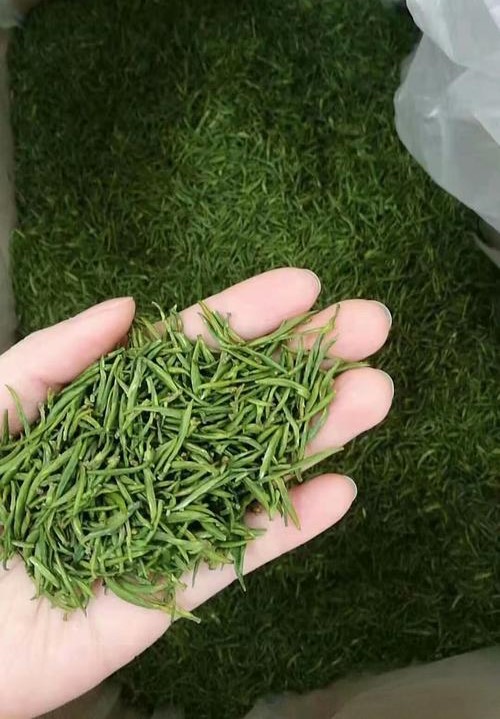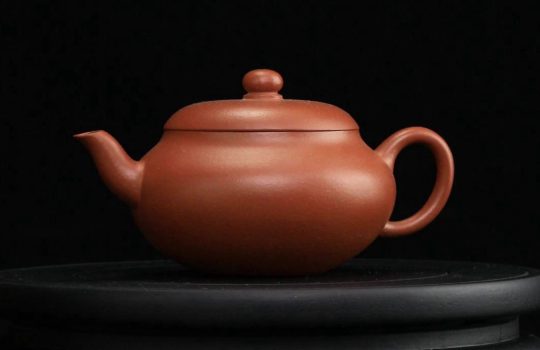Jingshan Tea Origin: Jingshan, Yuhang County, Zhejiang Province.
Quality Characteristics: The dry tea leaves are delicate and tightly rolled, with visible downy hairs and a vibrant green colour.
Tea Liquid Colour: Bright emerald green.
Aroma: A fresh, lingering fragrance with a distinctive chestnut aroma.
Taste: Fresh and delicate, sweet and smooth, with a lingering sweet aftertaste.
Tea Leaves: The tea leaves are delicate and uniformly sized.
Detailed Introduction to Jingshan Tea
Jingshan Tea is named after Jingshan Mountain, located on the northeastern peak of Tianmu Mountain in the northwestern part of Yuhang County, Zhejiang Province. The history of tea cultivation in Jingshan dates back to the Tang Dynasty, gaining fame during the Song Dynasty. Its rich historical and cultural heritage, coupled with its strong tea culture, endows it with endless charm. This tea had been lost for a long time until it was revived in 1979. It was awarded the title of National Famous Tea in 1985 and won the Silver Award at the First China Food Expo in 1988. It is now widely sold both domestically and internationally and is highly popular. Tea Characteristics
The aroma is delicate and fragrant, the taste is pure and refreshing with a sweet aftertaste, and the flavour is rich and fresh, with a subtle hint of orchid fragrance.
Jingshan Tea Tasting
‘Drink tea fresh’ is a valuable piece of advice from experienced tea drinkers, as fresh tea has a crisp aroma, higher vitamin C content, and fewer oxidised polyphenols, resulting in a clear broth and bright leaves that evoke a sense of freshness. Jingshan tea is a high-grade green tea, so it is especially important to purchase fresh tea. Fresh Jingshan tea has a tender green or emerald green colour with a lustrous sheen, while aged tea has a dull greyish-yellow hue. Additionally, high-quality Jing Shan tea emphasises four key points: ‘dryness, uniformity, aroma, and purity,’ meaning the tea leaves are dry, the buds and leaves are uniform, the dry tea has a fresh aroma, and there are no broken tea particles.
Storage Methods for Jing Shan Tea
When purchasing new Jing Shan tea, it is best to store it in a tea canister as soon as possible. However, since tea canisters often have unpleasant odours, it is advisable to
the odour from the container first. This can be done by placing a small amount of tea in the container and shaking it, or by heating the iron container over a flame. When storing tea, it is best to place the tea along with the bag it was packaged in into the container. For those who do not drink tea frequently, it is not recommended to purchase large quantities of tea at once, especially premium green teas like Jing Shan tea. If a large quantity of Jing Shan tea is purchased, a small portion for daily consumption can be placed in a small canister, with the remainder stored in another canister. For aged tea, the lid can be sealed with tape to achieve 100% airtightness, but it should be roasted annually.
The Benefits of Jing Shan Tea
The alkaloid derivatives in Jingshan tea can eliminate nicotine from the body, thereby reducing the harm of cigarettes to human health. Jingshan tea is rich in vitamin C, and the flavonoids it contains can enhance the antioxidant capacity of vitamin C. Therefore, regularly drinking Jingshan tea has a premium-level effect on maintaining youthful skin. Using Jingshan tea water to pat the face during daily cleansing can help whiten and tighten the skin.
The Harvesting and Processing Techniques of Jingshan Tea
The harvesting standard for Jing Shan Tea is one bud with one leaf or one bud with two leaves just unfurling. Under normal circumstances, producing 1 kilogram of premium or first-grade Jing Shan Tea requires harvesting approximately 62,000 fresh buds and leaves. The production process includes several steps: manual stir-frying, small-pot killing green, fan-drying, light rolling to break up clumps, initial drying and cooling, and slow-fired drying.
The Story and Origin of Jing Shan Tea
During the Northern Song Dynasty, the great literary figure Su Dongpo had long admired the reputation of Jing Shan. One day, he visited Jing Shan Temple. The abbot, seeing his plain attire, assumed he was an ordinary pilgrim and dismissed him with a casual, ‘Sit.’ Then he turned to a young monk and called out, ‘Tea.’ The young monk brought a cup of ordinary tea. After a brief exchange, the abbot sensed that the visitor was no ordinary person, with refined speech and extraordinary demeanour. He then changed his tone and said, ‘Please sit down.’ He called out to the young monk again, ‘Serve tea.’ After further conversation, the abbot learned that the visitor was the great poet Su Dongpo and could not help but say, ‘Please take a seat of honour.’ He then called out to the young monk again, ‘Serve fragrant tea.’ He then ground ink and laid out paper, hoping for a calligraphy masterpiece. Su Dongpo paused for a moment, then picked up the brush and wrote a pair of couplets. The upper couplet read, ‘Sit, please sit, please take the seat of honour’; the lower couplet read, ‘Tea, serve tea, serve fragrant tea.’ The abbot read them, his face flushing red with shame.




